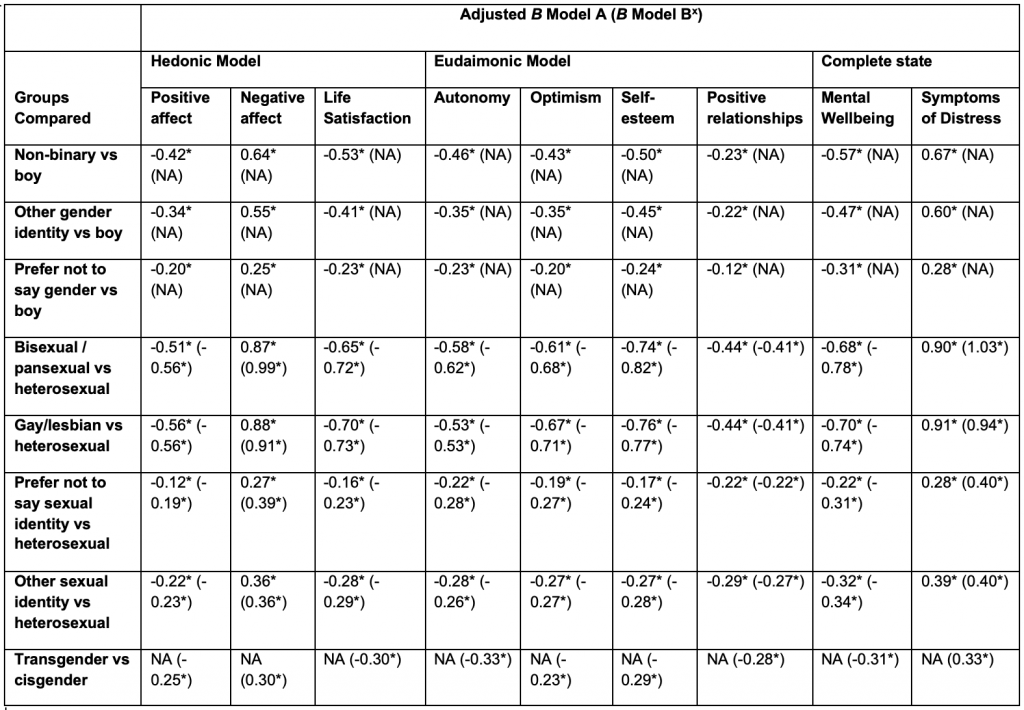LGBTQ+ adolescents are extra seemingly than their heterosexual and cisgender friends to expertise widespread psychological well being difficulties (Amos et al., 2020; Rogers & Taliaferro, 2020). A theoretical framework proposed to elucidate that is the minority stress idea, which means that LGBTQ+ people expertise worse psychological well being as a response to power stress triggered by experiences of prejudice, identification concealment, and internalising queerphobia (Bränstörm, 2017; Weeks et al., 2023).
Nonetheless, earlier analysis on this space has many limitations. First, wellbeing is usually used interchangeably with psychological well being when extra exact frameworks of wellbeing have been proposed. The reviewed paper utilized three completely different approaches to understanding wellbeing:
- The hedonic strategy (additionally known as subjective wellbeing), comprising have an effect on and life satisfaction.
- The eudaimonic strategy, which emphasises a complete psychological state, together with optimism and vanity.
- The full state strategy, which focuses on the stability between wellness and misery.
Different weaknesses of this analysis space are that research have extra typically centered on sexual orientation than gender identification, and research on gender identification have steadily made binary comparisons of cisgender versus transgender people. Marquez and colleagues (2023) sought to deal with this by analysing information on sexuality and gender, in addition to information on gender identification past the binary, within the context of those three wellbeing frameworks.
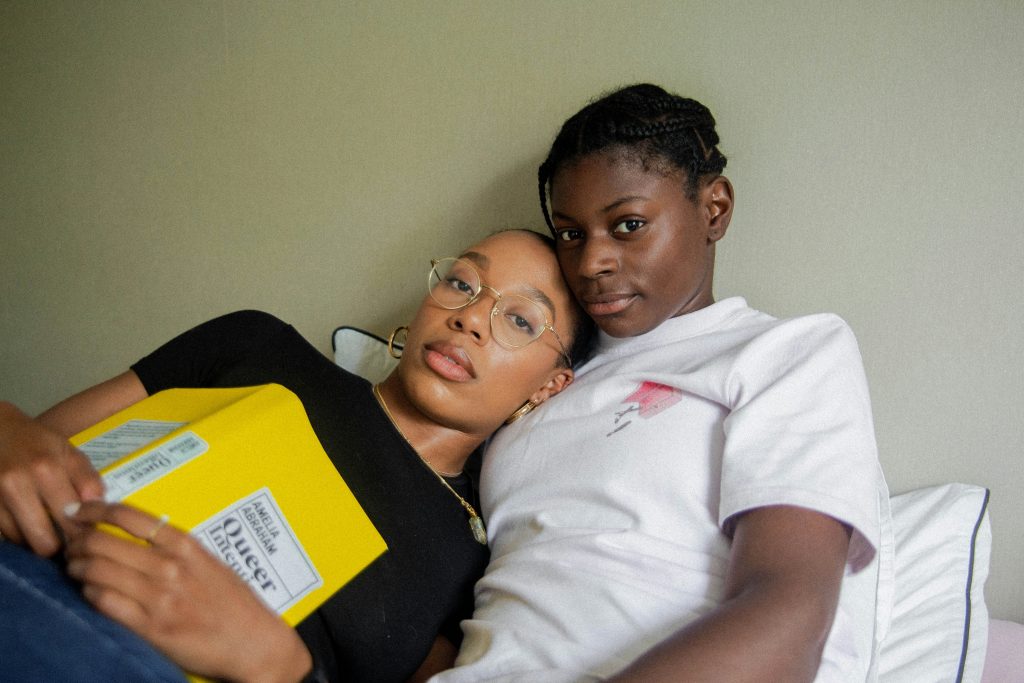
Earlier analysis has highlighted inequalities in LGBTQ+ psychological well being, however much less is understood about complete wellbeing inequalities (i.e., wellbeing outlined and measured throughout its a number of domains, together with optimistic have an effect on, vanity, and life satisfaction).
Strategies
The examine used cross-sectional survey information from 37,978 adolescents drawn from the #BeeWell examine – a cohort of 12-to-15-year-olds from 165 secondary faculties in Larger Manchester. The authors estimated the distinction in wellbeing in response to every framework (hedonic, eudaimonic, full state) between sexual minority teams and heterosexual adolescents as a reference, in addition to deprived gender teams and boys (together with transgender boys) as a reference. They individually examined whether or not a gender modality (cisgender vs transgender) categorisation modified the outcomes. Lastly, they managed for age/12 months group, eligibility without spending a dime faculty meals prior to now 6 months, particular academic wants (SEN), and ethnicity.
The authors estimated two structural correlated components fashions (A and B) for every of the three completely different wellbeing frameworks (hedonic, eudaimonic, full state). Mannequin A included a gender identification variable (boy, lady, non-binary, different gender, want to not say gender), whereas Mannequin B included a gender modality variable (cisgender vs transgender). In all of the fashions, a deprived group was in comparison with a reference group (e.g., homosexual/lesbian to heterosexual; SEN to no SEN; non-binary to boy; transgender to cisgender). These fashions had been interpreted whereby wellbeing scores in an LGBTQ+ identification group had been in comparison with that in a reference group.
Outcomes
Pattern traits
- The pattern was made up of 51.5% Yr 8 pupils (age 12-13) and 48.5% Yr 10 pupils (age 14-15).
- With reference to gender, 41.7% of the pattern recognized as boys (together with trans boys), 40% as women (together with trans women), 2.4% as non-binary, 2.8% described themselves in one other means, and 5.3% most well-liked to not say. Trans youth made up 7.1% of the pattern.
- With reference to sexual identification, 2.7% recognized as homosexual/lesbian, 7.7% as bi/pansexual, and three.7% described themselves in one other means.
- With reference to race and ethnicity, of all of the adolescents, 18.1% had been Asian, 5.5% Black, 0.8% Chinese language, 5.9% combined race, and a pair of.3% of different ethnicity.
- Lastly, 14.2% had particular academic wants and 25.4% had been eligible without spending a dime faculty meals.
Most important findings
All fashions demonstrated constant inequalities in adolescent wellbeing throughout sexual and gender identities, when controlling for all of the covariates:
- In comparison with boys, non-binary adolescents, adolescents figuring out with one other gender, and adolescents preferring to not share their gender had decrease wellbeing scores.
- In comparison with heterosexual adolescents, bisexual/pansexual, homosexual/lesbian, adolescents figuring out with one other sexuality, and adolescents preferring to not share their sexuality had decrease wellbeing scores.
- In comparison with cisgender adolescents, transgender adolescents had decrease wellbeing scores.
The comparability of gender identification categorisation to gender modality (cisgender vs transgender) categorisation revealed no substantial variations within the outcomes. Lastly, this sample of outcomes was constant throughout the wellbeing frameworks of hedonic, eudaimonic and full state wellbeing.
The most important gender inequality in all fashions involved the distinction between non-binary adolescents and boys (together with trans boys). The most important sexual identification inequality in all fashions involved the distinction between homosexual/lesbian and heterosexual adolescents, however the distinction between bisexual/pansexual and heterosexual adolescents adopted carefully behind by way of impact sizes. See Desk 1 for particulars and impact sizes.
In comparison with inequalities pertaining to ethnicity, socio-economic drawback, age, and particular academic wants, the inequalities regarding gender and sexual identification had been higher.
Desk 1. Adjusted Coefficients for Gender and Sexual Identities Predicting Wellbeing
Word: Adjusted B for categorical predictors represents the log of the chances ratio, which compares scores for people in a single group to a reference group. x Mannequin B refers to fashions the place gender modality (cisgender vs transgender) was included as a variable rather than gender identification (boy, lady, non-binary, different gender, want to not say gender), which was used for Mannequin A. * p < .001

Wellbeing scores had been decrease for LGBTQ+ adolescents throughout all completely different frameworks of wellbeing, when controlling for age, socio-economic standing, particular academic wants, and ethnicity.
Conclusions
Throughout completely different wellbeing frameworks, together with subjective wellbeing (hedonic), psychological state wellbeing (eudaimonic) and full state wellbeing, LGBTQ+ adolescents skilled worse outcomes than heterosexual and cisgender adolescents, even when controlling for age, socio-economic standing, particular academic wants, and ethnicity.
The inequalities regarding LGBTQ+ youngsters had been higher than any inequalities associated to those covariates. As such, enhancing the wellbeing and prevention of poor outcomes in LGBTQ+ adolescents needs to be prioritised inside adolescent wellbeing interventions.
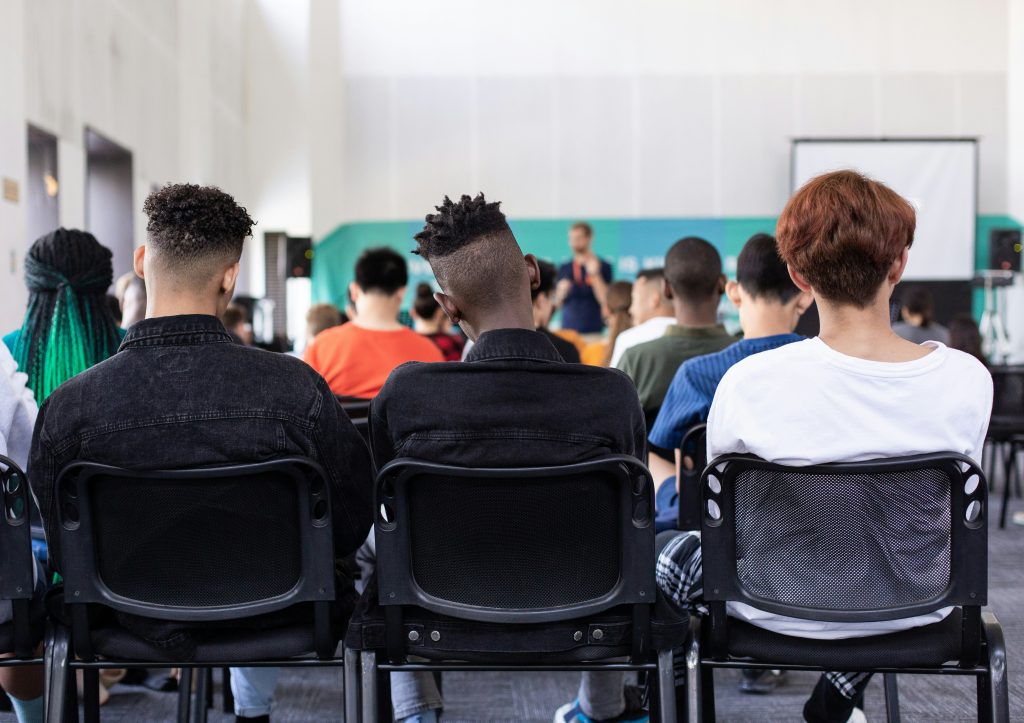
There’s clear proof of inequalities relating to sexuality and gender identification in early to center adolescence and pressing interventions are wanted.
Strengths and limitations
Strengths
This examine has a giant pattern dimension that represents a significant native authority within the UK and seems to match the socio-demographic traits on the nationwide degree, the place comparability information is obtainable, by way of the gender and ethnic make-up. The #BeeWell examine entails numerous faculty sorts, together with mainstream faculties, particular faculties, unbiased faculties and extra. Larger Manchester covers city in addition to suburban and rural areas, subsequently the examine is extra generalisable to the nationwide degree of the UK. One other power is the co-production of the examine, because the surveys had been co-created with 150 younger individuals from 14 faculties.
On a methodological degree, the examine improves on the previous analysis on LGBTQ+ adolescents’ wellbeing by taking a complete strategy to wellbeing. Earlier research (see Plöderl & Tremblay, 2015) typically centered on psychological well being signs, subsequently tapping into the whole state framework of wellbeing, however didn’t discover the opposite theoretical frameworks of wellbeing in giant samples, such because the hedonic and the eudaimonic approaches, which Marquez and colleagues did discover. These frameworks consider points of wellbeing past signs of misery that are essential for psychological improvement, resilience, and profitable functioning (e.g., life satisfaction, vanity, optimistic relationships). Due to this fact, the present findings emphasise that LGBTQ+ adolescents’ inequalities in wellbeing pertain to a complete vary of wellbeing indices.
Limitations
With reference to the restrictions, one weak spot of the examine is the cross-sectional information, which leaves us unable to conclude whether or not the inequalities are sustained throughout time. Its validity can be improved if wellbeing was investigated throughout two or extra time factors. The continual funding and information assortment for the #BeeWell examine, nevertheless, reveals promise for future analysis assessing the analysis questions of this paper in a longitudinal design.
Moreover, the examine doesn’t examine mechanisms behind the inequalities, subsequently it’s restricted in supporting the minority stress idea and informing particular interventions to forestall the inequalities. As such, future analysis from the #BeeWell examine (in addition to different cohorts) ought to prioritise taking a look at giant samples longitudinally to check causal pathways underlying LGBTQ+ wellbeing inequalities, reminiscent of components mediating decrease in addition to higher wellbeing.
Lastly, the present examine assessed younger individuals in early to center adolescence, however ranges of psychological well being difficulties proceed to rise additional into late adolescence (WHO, 2021) and lots of extra adolescents may come out as LGBTQ+ at a barely older age than 12 to fifteen years outdated. As such, future research ought to contemplate together with adolescents throughout the developmental interval.
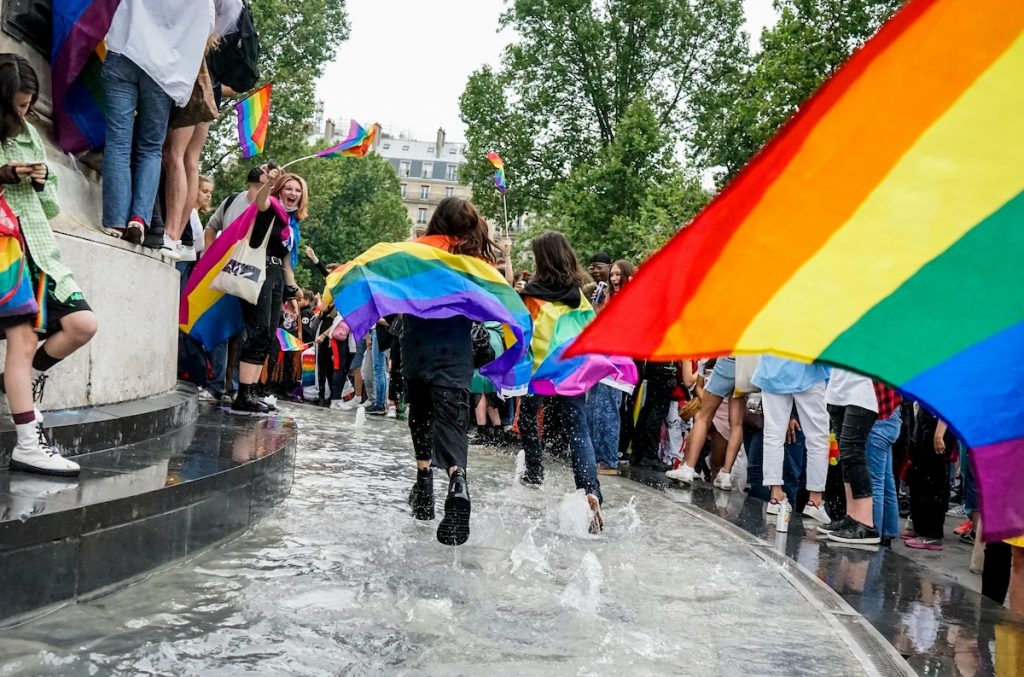
This examine has many strengths, together with pattern dimension and precision in measurement, however future analysis would profit from a longitudinal strategy and together with older adolescents.
Implications for follow
Future analysis ought to assess the mechanisms underlying the LGBTQ+ adolescents’ wellbeing inequalities to elucidate what points of being LGBTQ+ contribute to poorer wellbeing, in order that interventions could be designed to deal with these.
Information on the mechanisms would permit policymakers and schooling practitioners alike to create practices that help LGBTQ+ youngsters on completely different ranges. For instance, if familial rejection and/or lack of help is a matter, then faculties and neighborhood organisations might help mother and father in changing into higher outfitted to positively help their kids popping out as LGBTQ+. An understanding of whether or not faculties being inclusive and efficient at stopping bullying of LGBTQ+ pupils might help funding for LGBTQ+ schooling, whether or not that be by guaranteeing extra LGBTQ+ inclusivity in private, social, well being and financial schooling (PSHE) and different curricula, or constructing capability of academic non-governmental organisations, reminiscent of Just Like Us to help extra faculties throughout the UK.
Nonetheless, the truth that this paper doesn’t uncover the mechanisms mustn’t cease interventions from being put in place urgently, while extra analysis is carried out.
Due to this fact, within the meantime, efforts needs to be made to make faculties extra inclusive, such because the aforementioned inclusive schooling practices and funding of organisations reminiscent of Simply Like Us. One other worthwhile strategy to deal with these inequalities can be efforts to practice lecturers, each new and outdated, to be outfitted to help LGBTQ+ college students in a pastoral capability.
After I was a queer secondary faculty pupil in Essex within the early 2010s, I don’t recall talking to any lecturers about mine, their, or anybody else’s LGBTQ+ identification. Identification being a taboo made me really feel like this was part of me that was not acceptable, subsequently shameful. It additionally meant that I didn’t really feel comfy to boost homophobic bullying up with any lecturers. The lecturers should be knowledgeable about LGBTQ+ identities and the difficulties confronted by LGBTQ+ younger individuals, reminiscent of microaggressions, gender dysphoria, transphobia within the media, or unavailability of gender affirming care for many under-18s within the NHS.
Moreover, psychological help in Little one and Adolescent Psychological Well being companies needs to be LGBTQ+ inclusive and obtainable inside affordable wait occasions. Like many different younger individuals, I used to be not in a position to entry LGBTQ+ affirmative remedy till my 20s and I’m positive that I might have wanted much less help had it been offered within the earlier levels of my wellbeing declining.
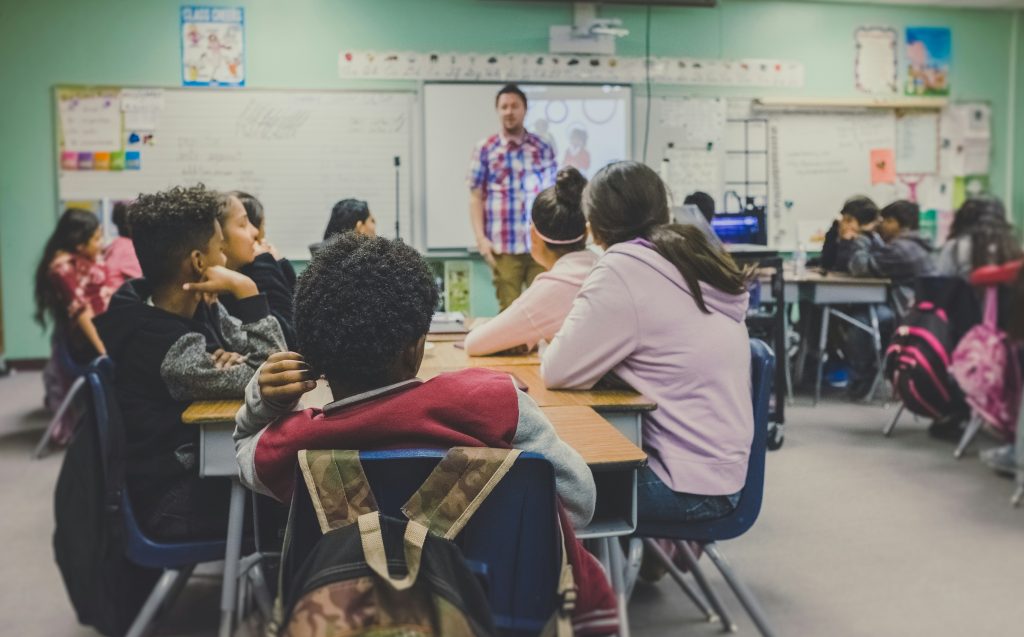
Massive scale analysis wants to research mechanisms underlying LGBTQ+ wellbeing inequalities, however within the meantime, we must always already be intervening to help LGBTQ+ adolescents in faculties and in psychological well being companies.
Assertion of pursuits
I’ve prior to now volunteered with the charity that I point out within the implications of this analysis: Just Like Us.
Simply Like Us affords help and talks to secondary faculties completely on LGBTQ+ inclusivity and rising up LGBTQ+, subsequently I consider its exercise at a big scale is indispensable for addressing the LGBTQ+ adolescents’ wellbeing inequalities. I exploit it for instance of an organisation, nevertheless any organisation with related missions and companies needs to be supported within the efforts to deal with this subject.
Hyperlinks
Main paper
Marquez, J., Humphrey, N., Black, L., Cutts, M., & Khanna, D. (2023). Gender and sexual identity-based inequalities in adolescent wellbeing: findings from the #BeeWell Study. BMC Public Well being, 23(1), 2211.
Different references
Amos, R., Manalastas, E. J., White, R., Bos, H., & Patalay, P. (2020). Mental health, social adversity, and health-related outcomes in sexual minority adolescents: a contemporary national cohort study. The Lancet Little one & Adolescent Well being, 4(1), 36-45.
Bränström, R. (2017). Minority stress factors as mediators of sexual orientation disparities in mental health treatment: a longitudinal population-based study. J Epidemiol Neighborhood Well being.
Simply Like Us. (n.d.). Who We Are. Retrieved January 4, 2024.
Mental health of adolescents. (2021, November 17). World Well being Organisation.
Plöderl, M., & Tremblay, P. (2015). Mental health of sexual minorities. A systematic review. Worldwide Evaluate of Psychiatry, 27(5), 367-385.
Rogers, M. L., & Taliaferro, L. A. (2020). Self-injurious thoughts and behaviors among sexual and gender minority youth: a systematic review of recent research. Present Sexual Well being Reviews, 12, 335-350.
Weeks, S. N., Renshaw, T. L., & Vinal, S. A. (2023). Minority stress as a multidimensional predictor of LGB+ adolescents’ mental health outcomes. Journal of Homosexuality, 70(5), 938-962.


